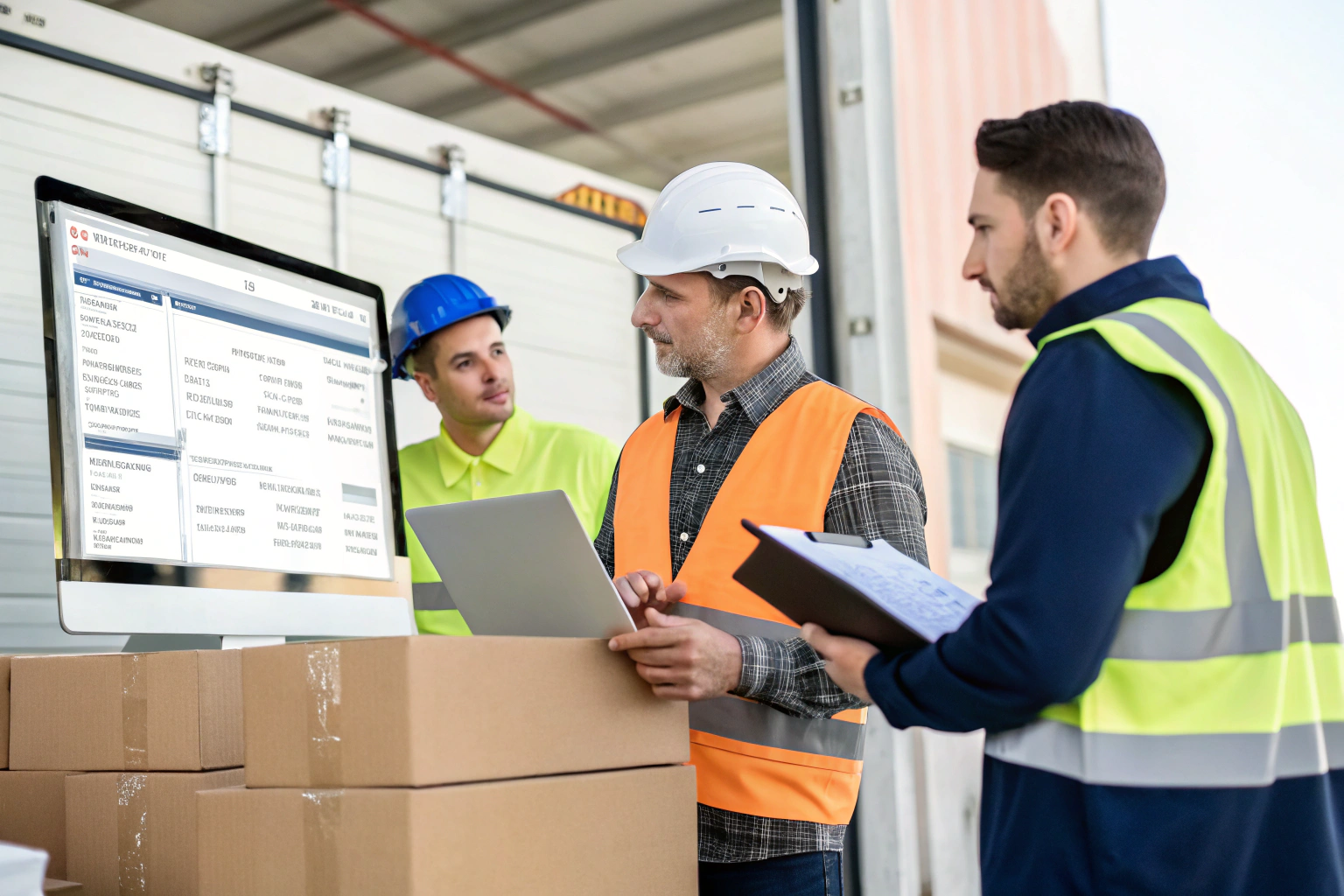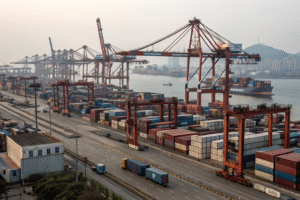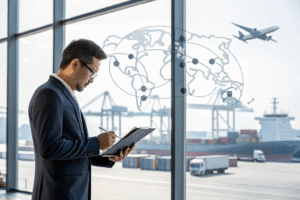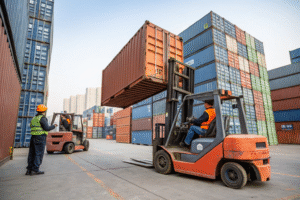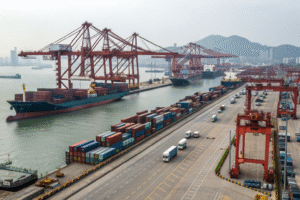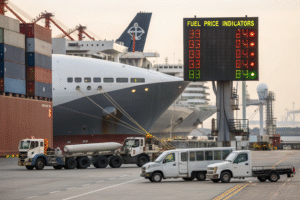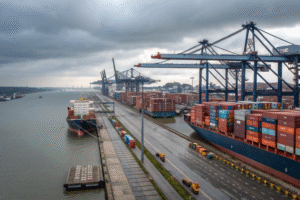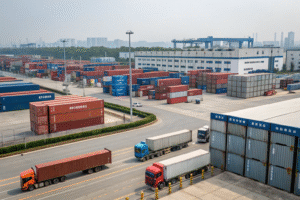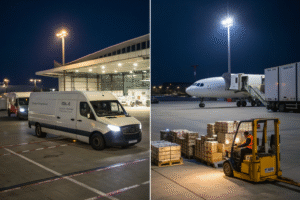Managing returns is one of the biggest challenges in international trade. When products need to come back from overseas, the process can seem overwhelming. Many businesses worry about costs, paperwork, and whether their goods will actually make it back. A professional freight forwarder can turn this complex problem into a streamlined process.
Freight forwarders manage return logistics by coordinating reverse shipping, handling customs reclaims, arranging inspection and repair services, and providing consolidation options. This comprehensive approach minimizes losses and recovers value from returned international shipments.
Let's examine the specific strategies and services that make efficient return logistics possible, and how they protect your business's interests when goods need to come back.
What are the main challenges in international returns?
International returns present unique difficulties that domestic returns don't have. The distance, customs regulations, and costs create a complex web of problems. Many companies simply abandon returned goods overseas because the process seems too difficult. Understanding these challenges is the first step to solving them.
The biggest challenges include high reverse shipping costs, complex customs paperwork for returning goods, strict time limits for re-exporting items under temporary admission, and managing product condition upon return. Additionally, different countries have varying export regulations that must be followed. Without expert knowledge, businesses face the risk of paying duties twice or having their goods stuck in customs limbo.
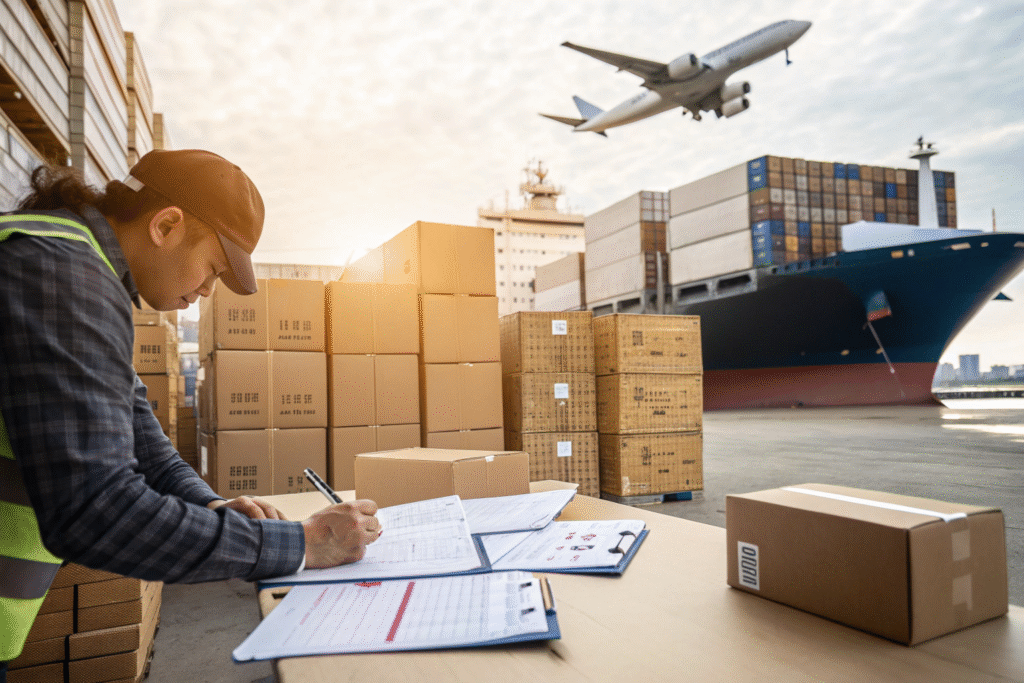
Why are customs duties a major concern in returns?
When goods originally imported into a country are returned, the importer often needs to prove they were re-exported to claim back the duties paid. This process, known as duty drawback, requires precise documentation and timing. If the re-export doesn't happen within specific time frames or with improper paperwork, the original duties cannot be recovered. A freight forwarder with expertise in customs regulations ensures all documents are correctly filed and timelines are met, protecting your financial interests.
How does product condition affect return logistics?
The condition of returned goods directly determines the best course of action. Damaged items might need repair before reshipment, while defective goods might require different handling than unwanted items. A forwarder can arrange for quality inspection at the destination country to assess the condition and determine the most cost-effective solution - whether it's repairing, recycling, disposing, or returning the goods. This assessment prevents spending more on shipping than the goods are worth.
What services do forwarders provide for return management?
Professional freight forwarders offer a suite of services specifically designed for reverse logistics. These services address the entire return journey, from pickup at the destination to final disposition. This comprehensive approach transforms returns from a loss into a managed process.
Key services include arranging reverse transportation via air, sea, or land; managing export customs clearance in the return country; handling import customs back into the origin country; providing warehouse space for sorting and inspecting returned goods; and facilitating repairs or disposal when needed. Some forwarders also offer consolidation services, where multiple small returns are combined into one shipment to reduce costs.
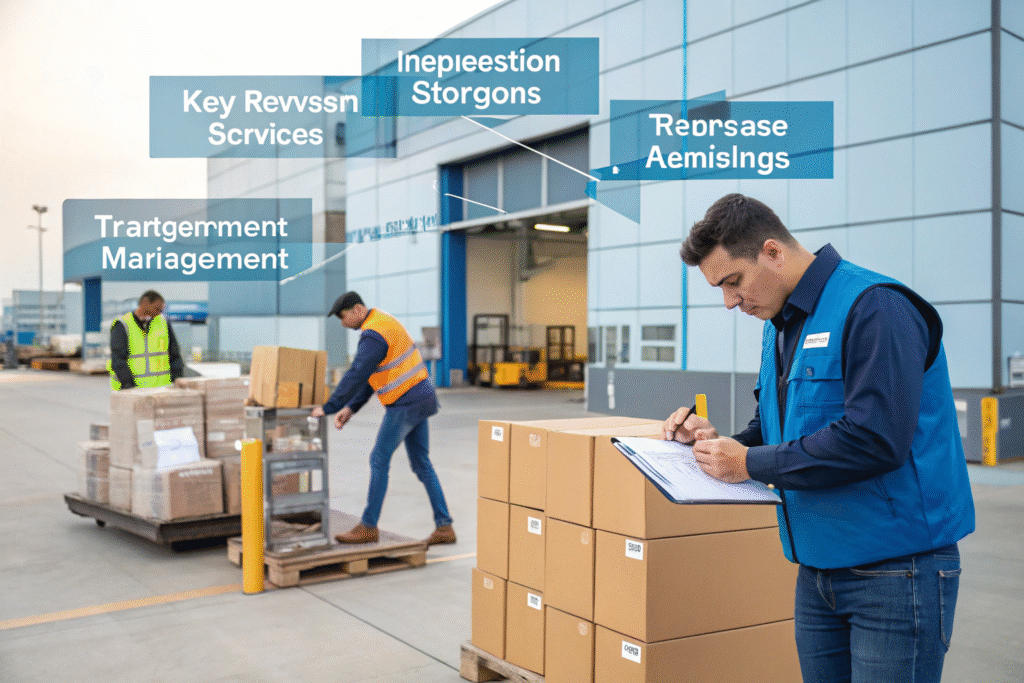
How does consolidation reduce return costs?
Consolidation is one of the most effective ways to manage return logistics costs. Instead of shipping individual items back separately, a forwarder can collect multiple returned products from various locations in the destination country and combine them into a single, larger shipment. This approach leverages volume discounts on international freight and reduces per-unit transportation costs. For businesses with frequent returns from the same region, consolidation can make the difference between a profitable return process and a financial loss.
What is the role of inspection and repair services?
Many returned goods don't need to come all the way back to the origin country. Forwarders can arrange for local inspection and repair services in the destination market. If products have minor defects or damage, they can be fixed locally and then resold in that market or a secondary market. This approach saves significant shipping costs and can recover more value from the returned items. It's particularly valuable for electronics, machinery, and other high-value items where repair costs are lower than return shipping expenses.
How can technology improve return logistics efficiency?
Technology plays a crucial role in making return logistics more manageable and transparent. Modern digital tools provide visibility and control throughout the reverse supply chain. Without these technologies, managing returns becomes a manual, error-prone process.
Advanced systems enable automated return authorization, real-time tracking of returned items, digital management of return documentation, and analytics to identify return patterns. These technologies help businesses understand why products are being returned and how to reduce future returns. A tech-enabled forwarder provides a portal where you can monitor the status of all returned shipments, just like you would with outgoing freight.
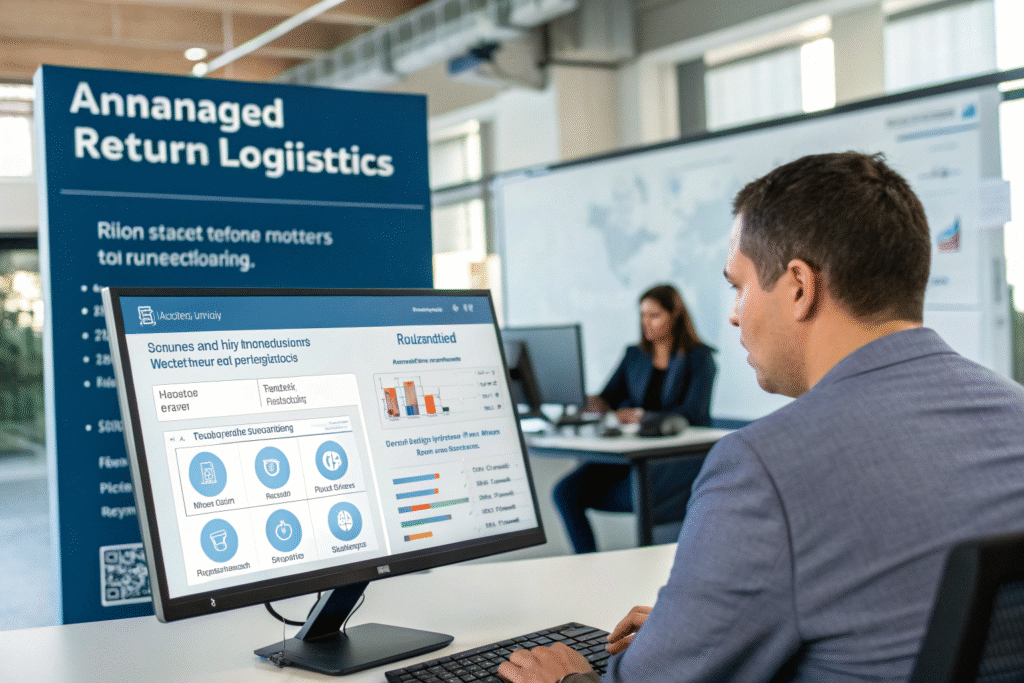
How do return management systems work?
Return management systems provide a structured approach to handling reverse logistics. These platforms typically include features for creating return labels, tracking returned items through each stage of the journey, managing return merchandise authorizations (RMAs), and generating reports on return reasons and volumes. Integration with inventory management systems ensures that returned goods are properly accounted for upon arrival. This level of organization prevents lost returns and provides valuable business intelligence.
What is the benefit of real-time return tracking?
Knowing where your returned goods are at any moment provides peace of mind and better planning capability. Real-time tracking for returns works similarly to forward logistics tracking - you can see when items are collected, when they reach consolidation warehouses, when they clear export customs, and their estimated arrival time. This visibility helps you plan for the reintegration of returned goods into your inventory or make alternative arrangements if needed.
What strategies minimize return logistics costs?
Smart strategies can significantly reduce the financial impact of international returns. The goal is to recover maximum value while minimizing expenses. Forwarders with expertise in reverse logistics can recommend the most cost-effective approaches for each situation.
Effective strategies include implementing pre-return inspections to avoid unnecessary shipping, establishing local repair centers in key markets, using consolidation services to reduce per-unit freight costs, properly managing duty drawback claims, and making data-driven decisions about when to return versus when to dispose of goods locally. The right strategy depends on the product type, value, and reason for return.
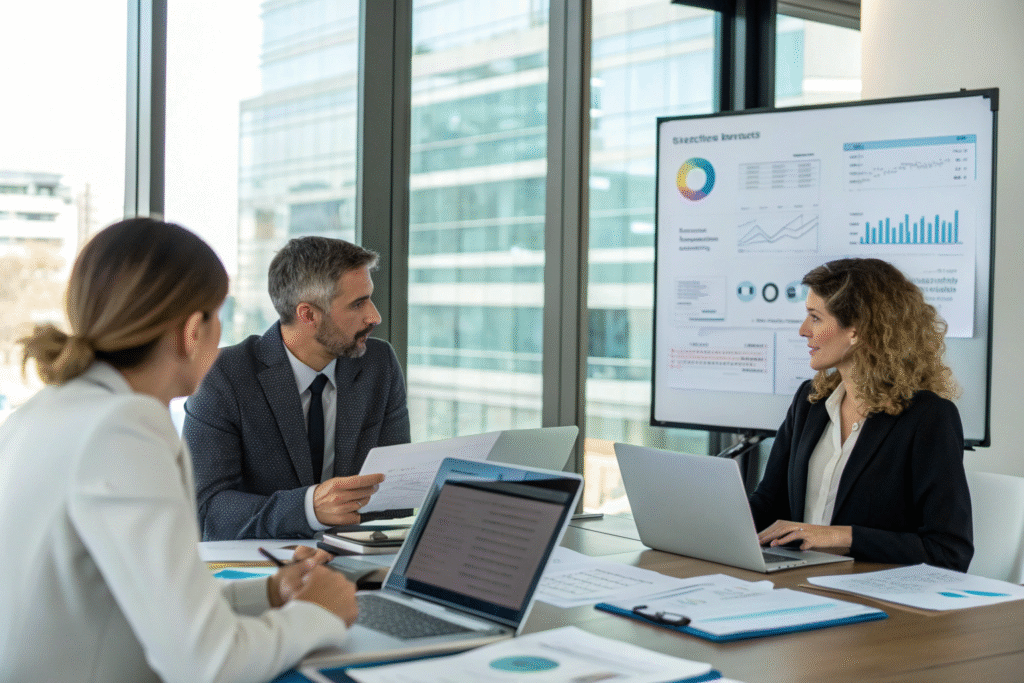
When should you consider local disposal instead of return?
Sometimes, returning goods internationally doesn't make financial sense. Local disposal or liquidation may be the better option when the cost of return shipping exceeds the recovered value of the goods, when products are damaged beyond economical repair, when items have short shelf lives or are seasonable, or when customs complications make return impractical. A good forwarder can help you make this calculation and even assist with environmentally compliant disposal or local liquidation if appropriate.
How can proper documentation reduce costs?
Correct paperwork is essential for cost-effective return logistics. Proper documentation helps avoid customs delays, storage fees, and penalties. It also ensures eligibility for duty drawback programs. Key documents include the original import documentation, a statement describing why the goods are being returned, export declarations from the return country, and any repair or inspection certificates. Having these documents in order from the beginning prevents costly problems later in the process.
Conclusion
Return logistics doesn't have to be a nightmare for international businesses. With the right freight forwarding partner, returns can be managed efficiently, cost-effectively, and transparently. The key is choosing a forwarder with specific expertise in reverse logistics, robust technological capabilities, and creative solutions like consolidation and local repair services. By implementing a strategic approach to returns management, you can transform what was once a pure cost center into a value-recovery process that supports your overall business objectives.
